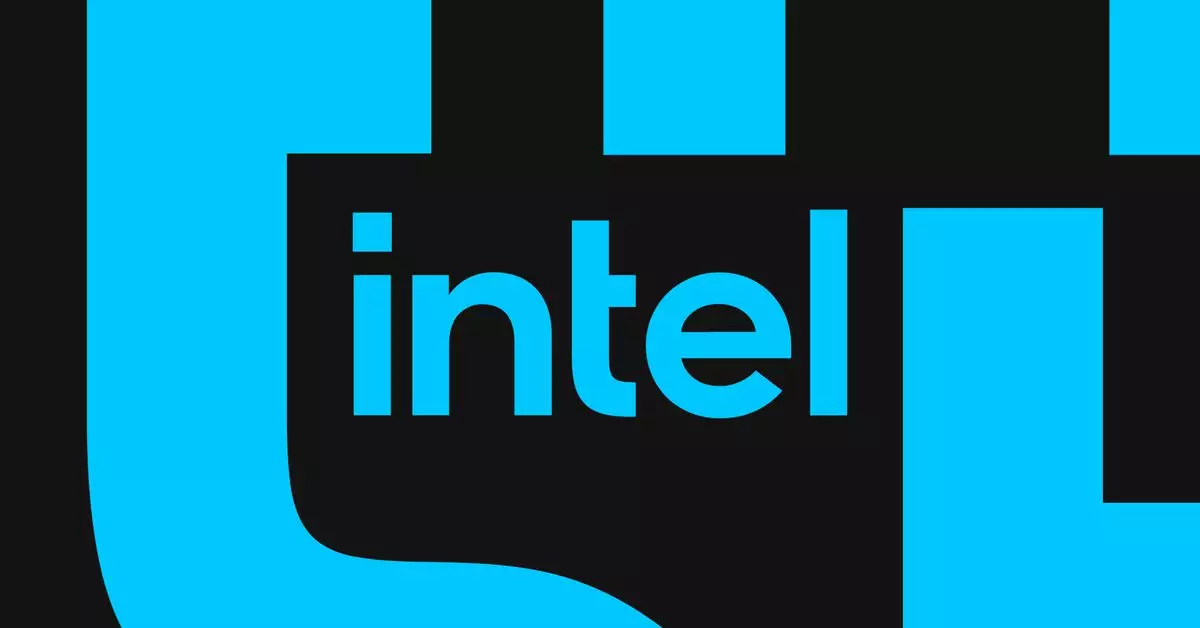In a pivotal effort to rejuvenate its faltering fortunes, Intel has announced a significant pivot in its operational framework. By spinning off its chipmaking division into a standalone entity known as Intel Foundry, the tech giant aims to address the escalating financial pressures it faces. This strategic move comes amid reports highlighting staggering losses—specifically, $7 billion from its chipmaking operations in 2023 alone. The decision underscores a deep commitment by CEO Pat Gelsinger to redefine Intel’s approach to semiconductor manufacturing and address its plummeting stock prices.
The Birth of an Independent Entity
The separation of Intel Foundry from the core Intel organization marks a groundbreaking shift in how the company plans to operate. By establishing an independent operating board, Intel seeks to create greater transparency and accountability, allowing stakeholders to better assess the performance of its chipmaking business. This strategic independence could provide the agility required to respond to a rapidly evolving market environment, where demand for semiconductor technology is transforming at an unprecedented pace.
Interestingly, the restructuring also involves scaling back ambitious international expansion plans. Intel has decided to pause construction work on new factories in Poland and Germany for two years, redirecting its focus towards existing facilities in the United States. Such a decision may seem counterintuitive in a fiercely competitive industry; however, it reflects a calculated response to anticipated market demands and economic conditions, demonstrating Intel’s pragmatic approach to resource allocation.
On a more promising note, Intel recently secured substantial financial backing from the Biden administration—up to $3 billion—designated for military chip production. This investment does not only serve as a boost for Intel’s technological capabilities but also reaffirms the critical role of domestic manufacturing in national security. Furthermore, the commitment to continuing operations in states such as Arizona, Oregon, New Mexico, and Ohio indicates Intel’s strategy to centralize expertise and resources that bolster its competitive position in high-stakes sectors.
Intel’s decision to divest part of its Altera stake and significantly reduce its global real estate footprint also reflects an urgent need to streamline operations. With layoff announcements impacting around 15,000 employees, these measures signal a robust restructuring effort aimed at long-term sustainability. Gelsinger’s assertion that this transition is the most significant in over forty years illustrates the magnitude of changes underway as the company pivots from its past challenges.
Looking ahead, Intel’s plans to adopt the new 18A chip production process next year for high-profile partners like Microsoft and Amazon indicates a shift to more advanced technologies designed to meet the increasing demands of enterprise solutions. These strategic alliances could potentially restore Intel’s status as a leader in semiconductor innovation.
Intel’s restructuring endeavors reflect a decisive response to formidable challenges, positioning the company towards potential resurgence in a tumultuous tech landscape. Through careful resource management, strategic partnerships, and commitment to innovation, Intel is poised to reclaim its revolutionary legacy in the semiconductor industry.

